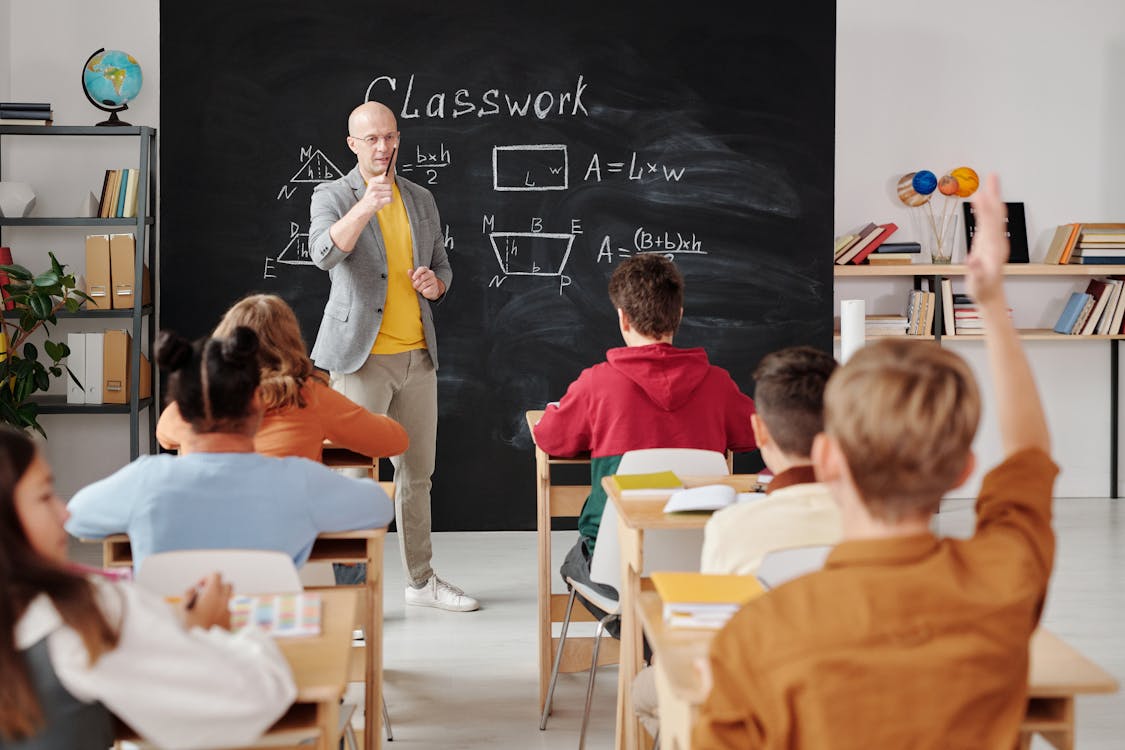I watched my 16-year-old niece master complex video editing techniques in three days—not through semester-long courses or expensive workshops, but through 60-second TikTok tutorials. Meanwhile, her school was still teaching computer skills through 45-minute lectures and outdated textbooks. This contrast isn't just generational—it's a fundamental clash between how we've always taught and how today's generation actually learns.
The traditional education model, built around hour-long classes and semester schedules, is colliding with a generation that processes information in bite-sized, engaging chunks. The result? A learning revolution where micro-learning isn't just an alternative—it's becoming the most effective way to educate digital natives.

The Science Behind Micro-Learning
Research from the National Institutes of Health reveals that our brains are wired for short, focused learning bursts. The modern attention span isn't shrinking—it's adapting to process information more efficiently.
- The optimal learning chunk lasts 3-7 minutes for complex topics
- Information retention increases by 20% when delivered in micro-formats
- Spaced repetition in small doses improves long-term memory by 35%
- Micro-learning reduces cognitive overload, the primary cause of learning burnout
Micro-Learning Platforms Transforming Education
Duolingo: The Language Learning Pioneer
With its 5-minute daily lessons and gamified approach, Duolingo has demonstrated that consistent micro-practice outperforms traditional language classes for conversational fluency.
Khan Academy's Practice System
Breaking down complex math and science concepts into 2-4 minute video explanations followed by immediate practice has revolutionized supplemental education.
Brilliant.org's Interactive Approach
Combining micro-lessons with interactive problem-solving, Brilliant proves that engagement matters more than duration when learning complex STEM concepts.
Traditional vs. Micro-Learning: A Comparative Analysis
Traditional Classroom Model
Micro-Learning Approach
Hybrid Models
Implementing Micro-Learning in Traditional Education
Forward-thinking educators are successfully integrating micro-learning principles:
The Flipped Classroom 2.0
Instead of long video lectures, teachers assign 3-5 minute concept videos, using class time for application and problem-solving.
Learning Sprints
Breaking semester-long courses into 2-week "sprints" with specific, achievable learning objectives maintains momentum and clarity.
Micro-Assessments
Frequent 2-minute quizzes replace high-stakes exams, providing continuous feedback and reducing test anxiety.

The Psychology of Micro-Learning Success
Why does micro-learning resonate with digital natives? The answer lies in cognitive psychology:
- The Zeigarnik Effect: Unfinished tasks create mental tension that enhances memory—micro-learning leverages this through natural breaks
- Dopamine Loops: Small achievements trigger reward signals that reinforce learning habits
- Cognitive Load Theory: Bite-sized information prevents working memory overload
- Spacing Effect: Distributed practice dramatically improves long-term retention
Tools for Creating Effective Micro-Learning Content
Educators and institutions can leverage various platforms to create engaging micro-learning experiences:
Edpuzzle
Allows teachers to embed questions and notes into existing videos, transforming passive watching into active learning.
Nearpod
Enables creation of interactive lessons with embedded assessments, polls, and collaborative activities.
PlayPosit
According to Edutopia's research, platforms that combine video with interactive elements increase engagement by 47%.
Micro-Learning in Higher Education and Professional Development
The impact extends beyond K-12 education:
Corporate Training Revolution
Companies like Google and Amazon have shifted from day-long training sessions to 15-minute learning modules, reporting 30% higher completion rates and better skill application.
Medical Education Transformation
Medical schools are using micro-simulations and brief case studies to help students develop diagnostic skills in manageable increments.
Professional Certification
Organizations are breaking certification requirements into micro-credentials that professionals can earn while working full-time.

Measuring Micro-Learning Effectiveness
Traditional assessment methods don't always capture micro-learning benefits. More relevant metrics include:
- Completion Rates: Micro-courses typically see 70-90% completion vs. 15-20% for traditional online courses
- Knowledge Application: Immediate use of learned skills in real-world contexts
- Engagement Metrics: Time spent, interaction rates, and repeat usage
- Progress Velocity: Speed of moving through learning pathways
- Confidence Growth: Self-reported comfort with applying new skills
Challenges and Solutions in Micro-Learning Implementation
Adopting micro-learning isn't without obstacles:
Content Fragmentation
Quality Control
Assessment Validity
Conclusion: The Future is Small, Focused, and Frequent
As I've worked with educational institutions transitioning to micro-learning models, the most exciting transformation hasn't been technological—it's been psychological. Students who previously struggled with hour-long lectures are thriving with 7-minute focused sessions. Teachers who felt constrained by rigid curricula are rediscovering their creativity through designing engaging micro-content.
The micro-learning revolution isn't about discarding everything we know about education. It's about recognizing that in an age of information abundance, our focus should shift from content coverage to learning efficiency. It's understanding that the ability to learn quickly and apply knowledge immediately has become more valuable than memorizing vast amounts of information.
For educators, this means rethinking not just what we teach, but how we package and deliver knowledge. For students, it means taking control of their learning journey in ways previous generations never could. And for educational institutions, it represents an opportunity to remain relevant in a world where learning happens everywhere, all the time, in small, powerful bursts.
The future of education isn't about longer classes or more content—it's about smarter, more focused learning experiences that respect both our cognitive limitations and our incredible capacity for growth when information is presented in the right way, at the right time, in the right-sized packages.
No comments:
Post a Comment